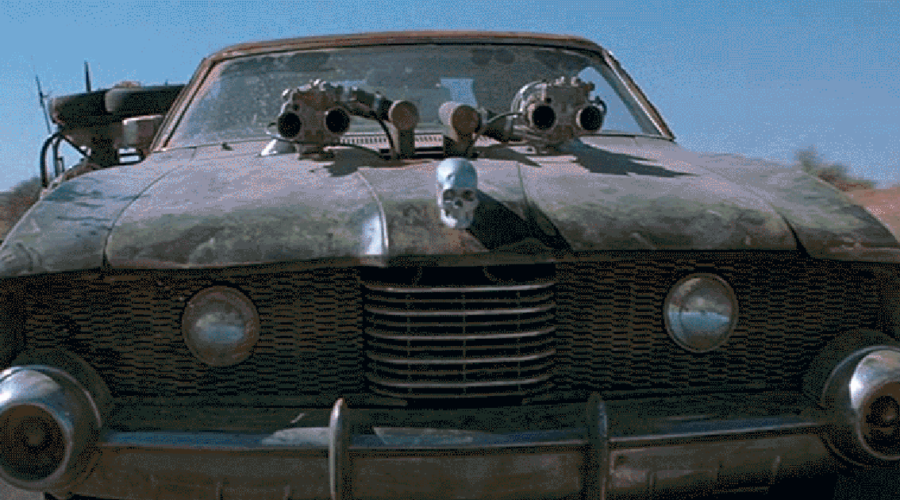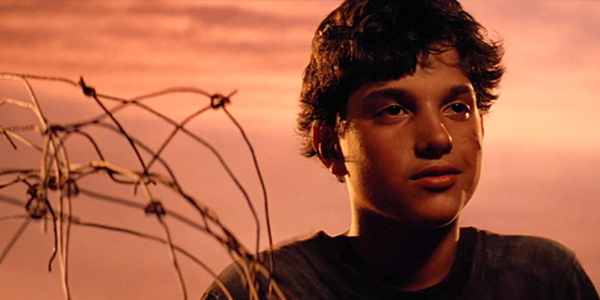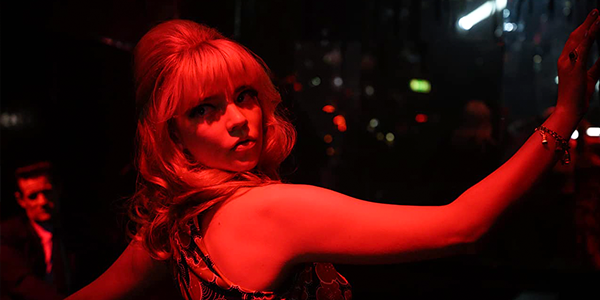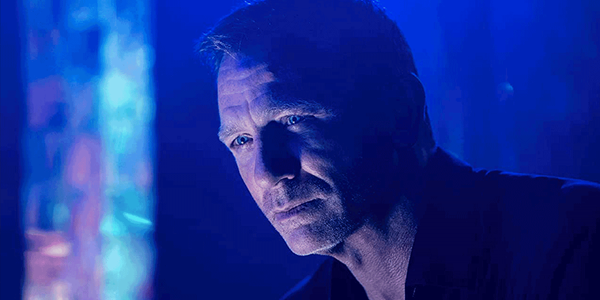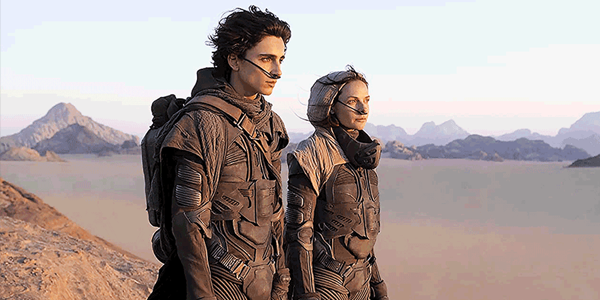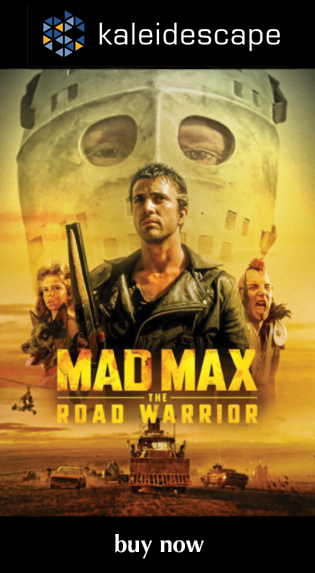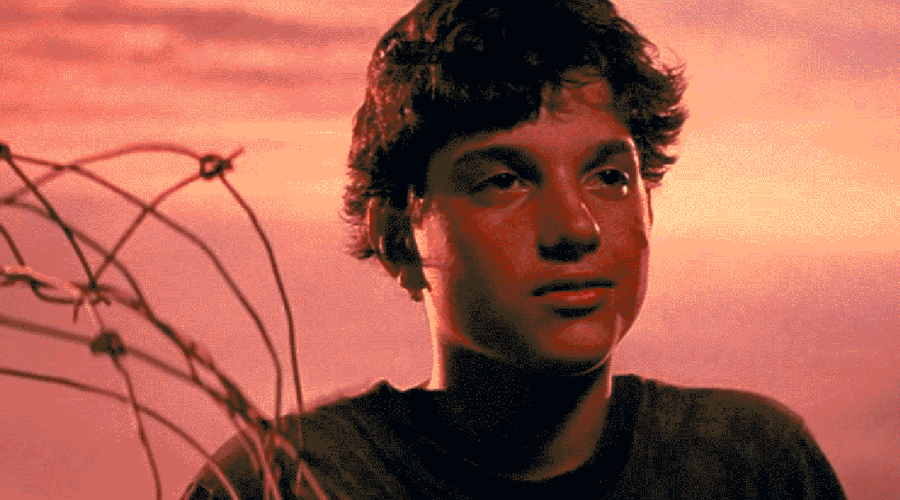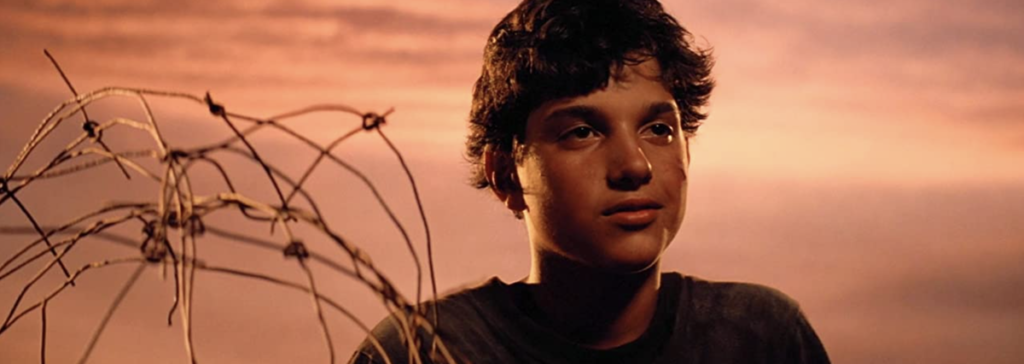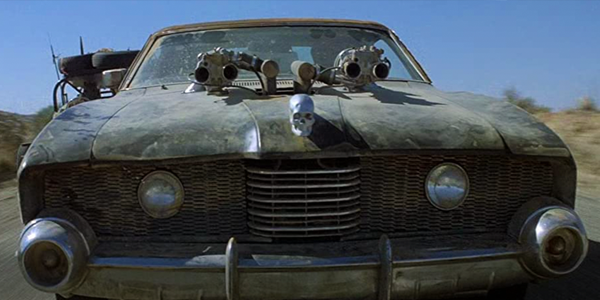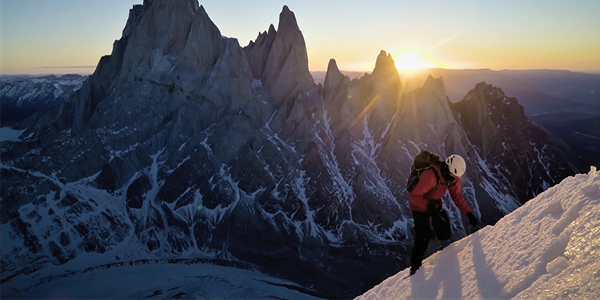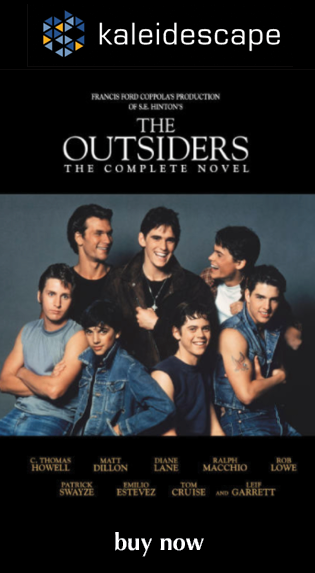Review: The Road Warrior
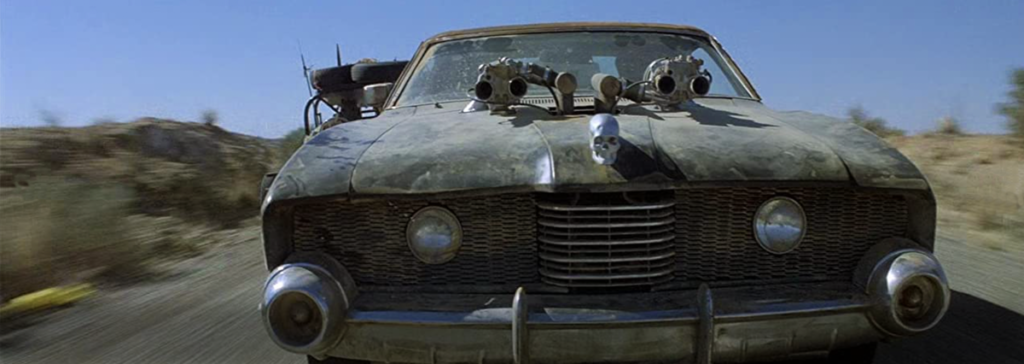
review | The Road Warrior
The second Mad Max film looks way better than expected in 4K HDR, and turns out to be a legitimately great action film to boot
by Dennis Burger
December 10, 2021
I’ve spent so many decades enjoying The Road Warrior in all its home video incarnations I’m a little surprised I’ve never stopped to consider whether or not it’s a good film. That’s not entirely unusual for me. Often, the actual quality of a movie has no bearing on my enjoyment thereof, as evidenced by the fact that I’ll watch Berry Gordy’s The Last Dragon any time you put it in front of me.
So why start worrying about the merits of the second installment of the Mad Max franchise all these years later? The simple fact is that the new 4K HDR remaster forces you to reconsider it. It forces you to actively engage with the material rather than just passively consume it. That’s not to say it’s a perfect 4K presentation, but it exceeded my wildest expectations for what could be done with this source material.
For one thing, the colors in Kaleidescape’s HDR10 presentation boast a level of purity and vibrancy I never would have guessed were locked within the negative. Secondaries in particular boast warmth that was hinted at in the old LaserDisc release but seems to have fallen by the wayside in transfers done since. Skin tones are delightfully sunbaked but still believable, at least in HDR10. (And I make that distinction because I turned off the HDR capabilities of my display as a quick test, and the color palette instantly became overbaked and cartoonish, so don’t judge the look of the film based on any screenshots that accompany this review. It needs to be seen in 10-bit color to be appreciated.)
Contrasts and black levels have also been improved substantially, which gives the image a depth and dimensionality that is astonishing at times, especially compared with the flatness and drabness of the Blu-ray. But by far the biggest improvements come from the increased resolution, which unlocks textures and details I’ve never seen in The Road Warrior.
I don’t mean to imply that the film now looks like a modern work of cinema. Its low-budget, independent, early-’80s origins are still utterly evident. But what Warner Bros. has accomplished with this new remaster is, for the most part, staggering.
I say “for the most part” because there are some choices that irk me. While the bulk of the film exhibits a healthy level of coarse grain, most of the optical shots and some of the nighttime sequences have been scrubbed to the point of silliness, resulting in a sort of waxy artificiality that’s distracting. Thankfully, those oversteps are by far the exception rather than the rule. I also wish whoever had their hands on the knobs hadn’t aimed for such consistency with the black levels, which are perfectly fine for 99% of the film and give the image that pop it has long lacked but which tiptoe right up to the edge of being crushed in a handful of scenes.
Other than that, the high-dynamic-range grade is spot-on for this sort of material. There are a few instances of high specular brightness—for example, the dollops of flame in the scene in which Max scopes out the oil-refinery camp—but for the most part the HDR seems to be more about adding nuance to the color palette than pushing your display to extremes of brightness, which is fitting.
If you’re at all a Mad Max fan, you’ve no doubt heard about some controversy surrounding the audio mix for this 4K HDR release. In case you haven’t, here’s the short version: The film is accompanied by a Dolby Atmos remix that contains some new sound effects. And while Warner promised that the UHD Blu-ray would also include the original stereo soundtrack, the 2.0 mix included on the disc is actually a downmix of the new Atmos track.
Warner has pulled all physical copies of the film off store shelves and will issue a corrected disc in 2022 as production pipelines allow. But the Kaleidescape download of the film lacks a stereo track entirely, so that particular controversy doesn’t apply here. Your only options are the new Atmos track and a 5.1 down-mix thereof.
As a huge fan of the film (I’ve watched it twice this year already on Blu-ray, before I knew it was coming in 4K), I think this brouhaha is incredibly overblown. The Atmos mix is an improvement over the original stereo as well as the 5.1 mix that accompanied the Blu-ray release. Yes, there are some added effects, and yes, there’s a good bit more subwoofer-shaking bass. But you know what? It all just works.
For the most part, the new audio elements remove distractions rather than sticking out like a sore thumb, and the mix is still predominantly true to both the stereo and six-track magnetic mixes of the original release. In fact, the only times you’ll likely be aware of any significant surround or overhead activity is in the opening shot—in which the camera pulls back from within the supercharger of Max’s iconic GT Falcon—as well as the scene in which Humungus’ biker gang attacks the oil-refinery camp.
Dialogue is still a little dodgy in spots and Brian May’s score still sounds a little too hi-fi in comparison with the rest of the audio elements. But don’t let controversies about the new track keep you away from this 4K HDR release, assuming you’re interested to begin with.
To get back to my original point, it turns out The Road Warrior is actually a damned good action film. Who knew? In the dozens upon dozens of times I’ve watched it, I’ve largely ignored this fact. But it’s legitimately a tidy and poignant morality play that grapples with both the best and worst of human nature, shining a light on our capacity for violence without actually glorifying that violence, which is no mean feat. George Miller hadn’t quite yet honed his gift for narrative economy—certainly not to the degree on display in Fury Road—but there’s still a lot going on here beneath the surface.
And in its new 4K HDR presentation, the film looks—with a few momentary exceptions—as good as I can imagine it ever looking, short of a ground-up restoration, which I’m not sure is entirely warranted or even possible.
Dennis Burger is an avid Star Wars scholar, Tolkien fanatic, and Corvette enthusiast who somehow also manages to find time for technological passions including high-end audio, home automation, and video gaming. He lives in the armpit of Alabama with his wife Bethany and their four-legged child Bruno, a 75-pound American Staffordshire Terrier who thinks he’s a Pomeranian.
PICTURE | The colors in Kaleidescape’s HDR10 presentation boast a level of purity and vibrancy no one could have guessed was locked within the negative.
SOUND | Dialogue is still a little dodgy in spots and Brian May’s score still sounds a little too hi-fi, but the new Atmos mix is an improvement over the original stereo as well as the 5.1 mix that accompanied the Blu-ray release.
© 2025 Cineluxe LLC
